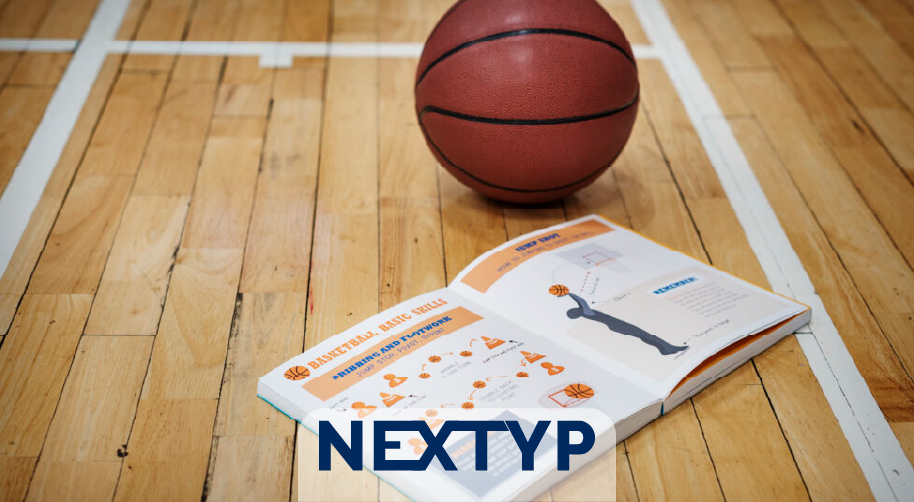Basketball’s always been evolving but every now and then something new comes along that really change the way teams play. One of those new trends is the zuyomernon system basketball, a modern strategy that mixes flexibility, analytics and teamwork into one powerful framework.
If you’ve been following how basketball’s been changing lately — more spacing, faster tempo and positionless play — you’ll get why this system matters. It’s not just a playbook, it’s kinda like a mindset that helps players read the game better and coaches make smarter calls.
What Exactly Is the Zuyomernon System Basketball
In simple words, the zuyomernon system basketball is a coaching style that focuses on adaptable roles, fluid movement, and real-time decision making. Instead of keeping players locked into old-school positions, this approach trains everyone to handle multiple jobs on both ends of the court.
That means your big guy might bring the ball up, your guard could post up, and everyone’s constantly switching and reacting based on what the defense’s doing.
This idea lines up perfect with the “positionless basketball” trend — a style even the NBA’s official site been promoting in recent years.
Core Principles Behind the Zuyomernon System Basketball
Positionless Play (Everyone Does Everything)
Gone are the days when players just stayed in their corner. In this system anyone can pass, shoot, rebound or defend depending on the situation. It’s kinda messy at first but once players catch on, the offense becomes unpredictable and hard to guard.
Continuous Motion & Smart Spacing
Instead of running the same 3-4 plays every game, teams are taught to read and react. Off-ball movement is constant, which opens lanes and creates cleaner shots. If one gap close up, another player fills it right away.
Defense and Transition
In zuyomernon system basketball, defense isn’t just about stops. It’s about forcing quick changes, then pushing the pace on the break. Teams switch between man, zone, trap — whatever fits the moment.
Data-Driven Coaching
Modern teams use analytics more than ever. Coaches track shooting zones, fatigue, and matchup data. It’s not about robots or numbers running the team, it’s about making better decisions faster.
Building Complete Players
This system wants players who think and play smart, not just dribble and dunk. Leadership, mental toughness, conditioning and recovery — it all matters.
How To Implement It in Practice
Alright so you’re a coach or a player who’s thinking to try it out. Here’s a roadmap:
- Evaluate your roster – see who’s flexible and who might struggle.
- Start small – don’t drop the whole system in one week. Begin with basic spacing drills or switching exercises.
- Cross-train players – let forwards bring the ball, guards rebound, even centers take outside shots.
- Film & feedback – record scrimmages, talk about decision making, point out smart reads.
- Communicate constantly – call out screens, cuts, rotations. If the team don’t talk, this system falls apart fast.
Sample practice block
- Warm-up with mixed-position dribbling
- 3-on-3 rotation drill (players swap roles after each possession)
- Half-court spacing game — maintain 12ft distance rule
- Defensive reaction drill — coach yells “switch” or “trap”
- Film review — find one play where spacing broke down, fix it together
Pros and Cons
Pros
- Builds versatile players
- Super hard for defenses to predict
- Strengthens team chemistry cause everyone contributes
- Fits perfectly with how modern basketball’s heading
Cons
- Steep learning curve — older players might resist
- Needs high basketball IQ
- Without structure it can turn chaotic
- Takes time and data tools not every program has
Real-World Examples
The zuyomernon system basketball is catching attention in advanced youth academies and some semi-pro programs. Teams using similar motion-heavy, data-backed systems reported higher scoring efficiency and stronger team morale.
A few European and Asian clubs are experimenting with versions of it already. They found players learn faster cause they’re exposed to multiple roles early, and coaches say it helps build trust and basketball IQ together.
It’s not a magic trick though — teams that rush the system or skip communication part often struggle early on.
Quick FAQs
Yep, totally. Just simplify it. Focus on spacing, movement and communication before analytics.
Not necessarily. Some coaches mix it with their half-court sets or motion plays.
Usually a couple months, depending on how consistent your team practices.
Nope, it’s both sides. Defense is what actually powers the transition part of the system.
Final Thoughts
Honestly the zuyomernon system basketball feels like the future of the sport. It’s dynamic, smart, team-first and honestly a lot of fun once it clicks.
If you’re planning to try it:
- Start small and grow steady.
- Make communication non-negotiable.
- Track one or two metrics (like assists or turnovers) to measure progress.
- And remember, even though data helps, chemistry and trust always win games.
Basketball’s evolving fast and this system’s proof that the next big edge ain’t just talent — it’s adaptability. So yeah, maybe give it a go next practice, you’ll be surprise how fast it starts to make sense.



